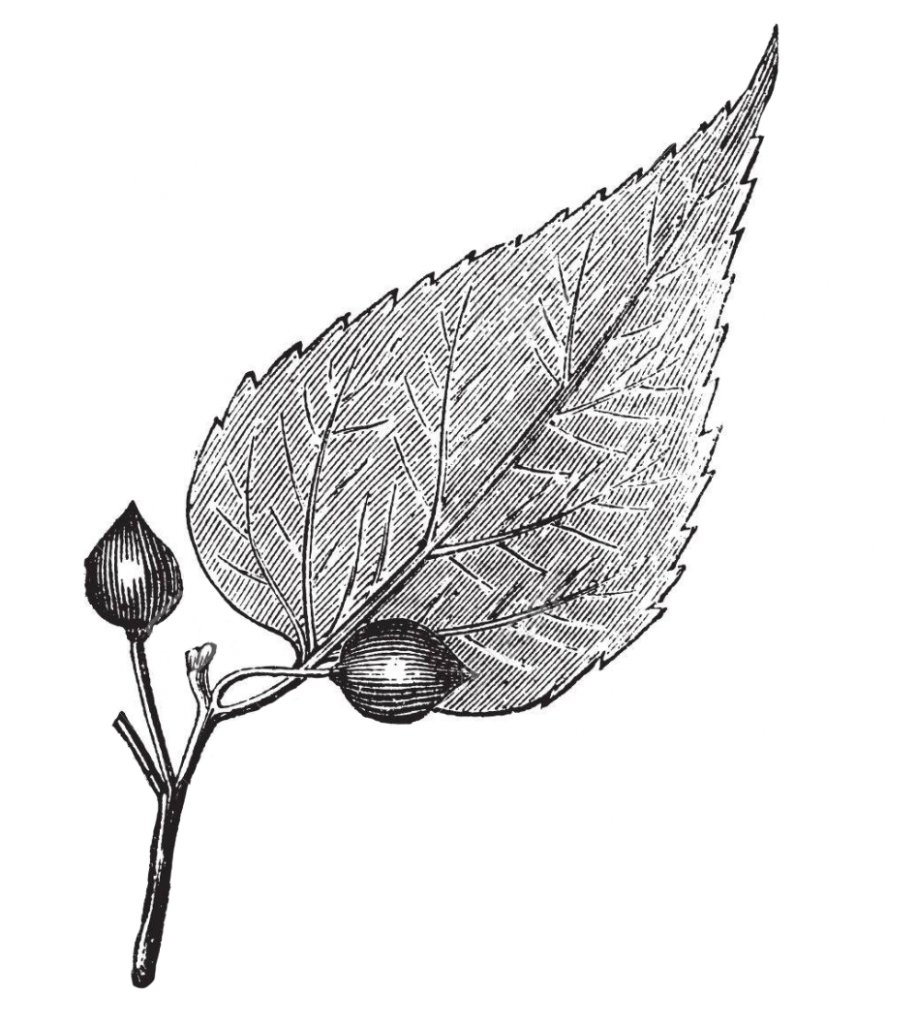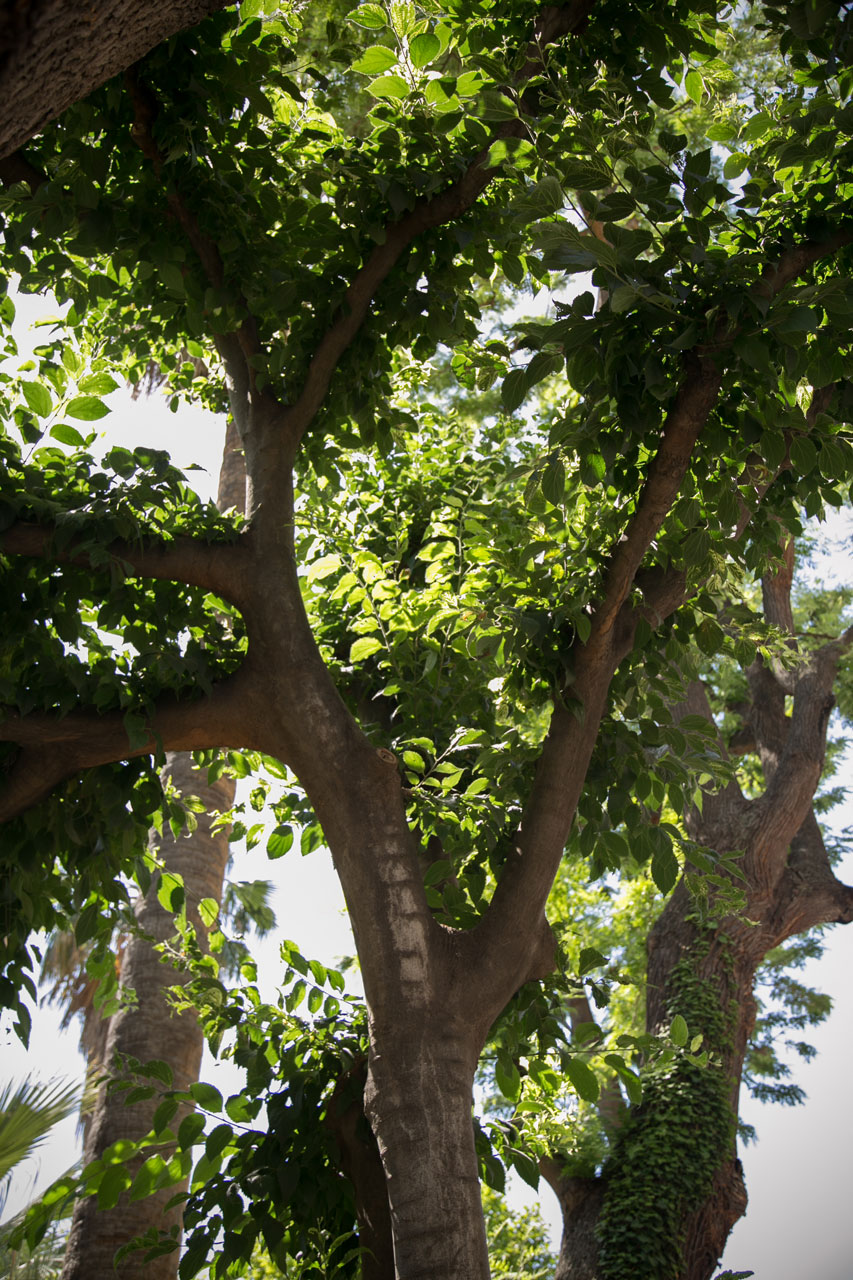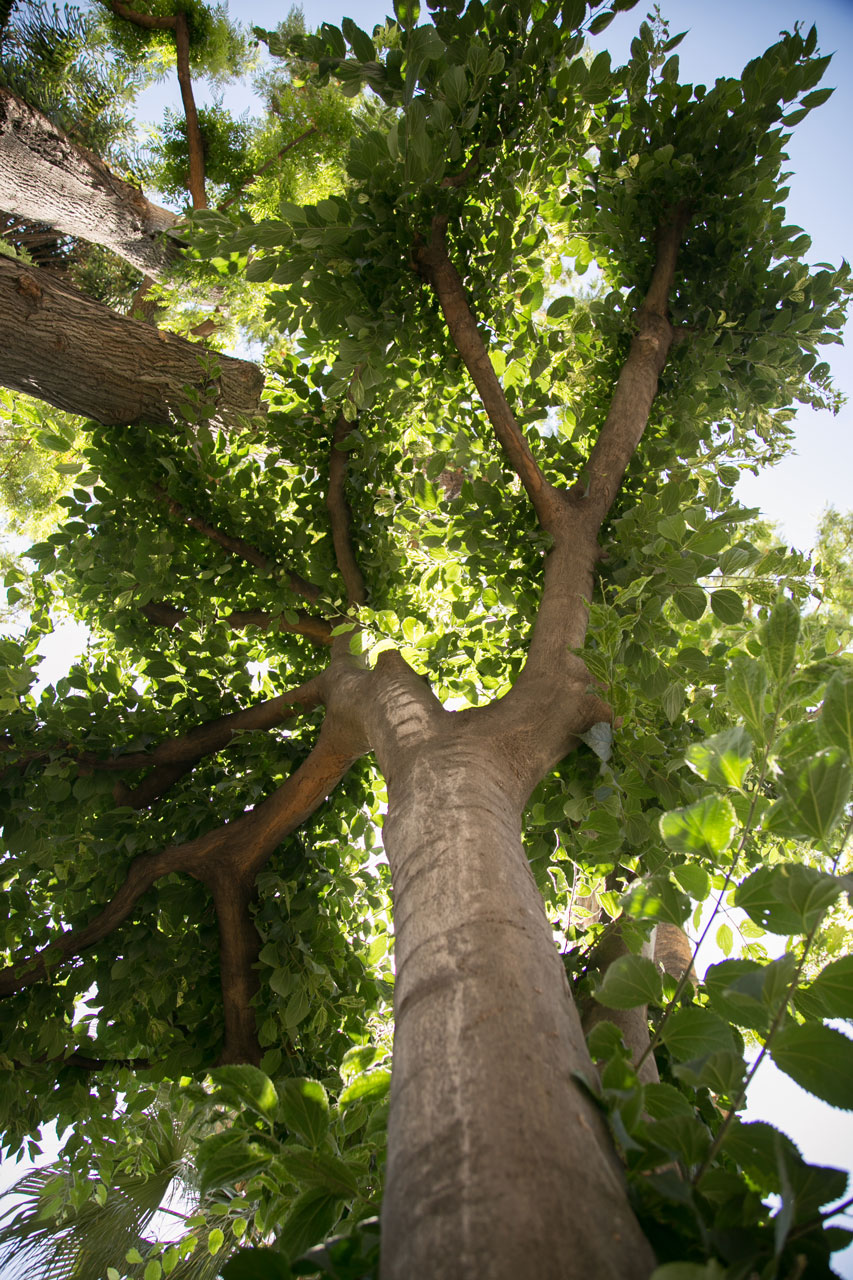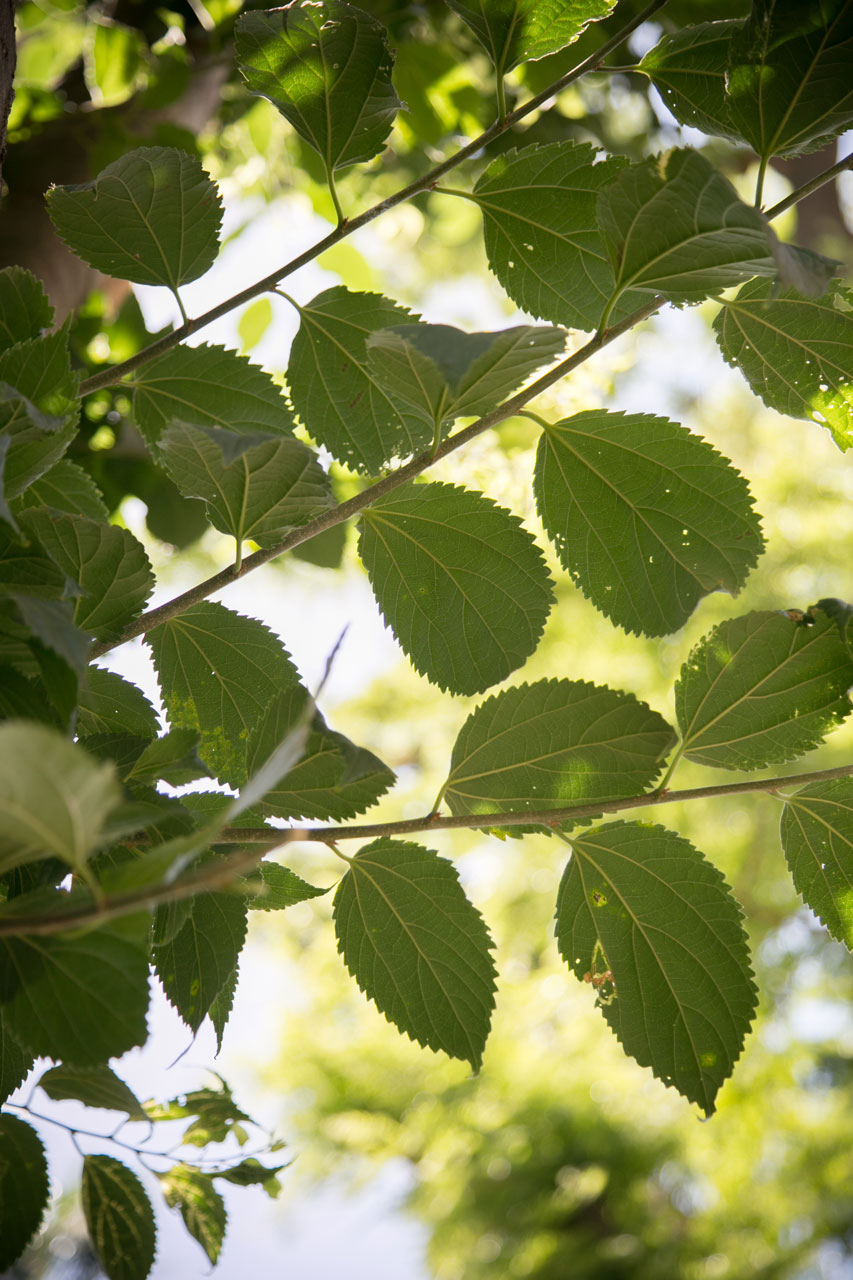
European nettle tree
Celtis australis
Its name “Celtis australis” was given it by Linneaus (Swedish botanist). “Celtis” comes from the Greek and indicates an indeterminate tree, as for its name “australis” specifies its southern origin. It can reach a height of 15 to 20 metres.
- Common name: Celtis alpina royle, Celtis australis
- Corsican name: Sciarabulu di Pruvenza
- French name: Micocoulier de Provence
Notes
The European nettle tree, whose remarkable longevity is little affected by disease, is drought, pollution and sea-spray tolerant.
Species characteristics
Family: Cannabaceae (Ulmaceae)
Origin: Around the Mediterranean basin and extending to the west of the Himalayas.
Habitat: Mediterranean mountain areas and southern areas.
Characteristics: Deciduous, rough foliage with pubescent and greyish reverse. The fruits are in the form of pisiform (pea shaped) drupes eaten by birds and certain breeds of dogs.
Flowering period: Spring, unremarkable
Uses and properties: Used as roadside trees in the south of France. Its light wood is used to make parts for stringed instruments, plates for engraving, small objects, three-pronged pitchforks for hay and railway sleepers.
The Mediterranean nettle tree was also used to make the handles of the whips used by coachmen, the famous “perpignan”.
The pressed pits produce an oil whose flavour is reminiscent of that of sweet almond, it is no longer sold today.

History and oddities
Formerly highly appreciated for the hardness of its wood, from which tool handles were made, it is used today as a roadside tree. It’s also an excellent shade tree.



